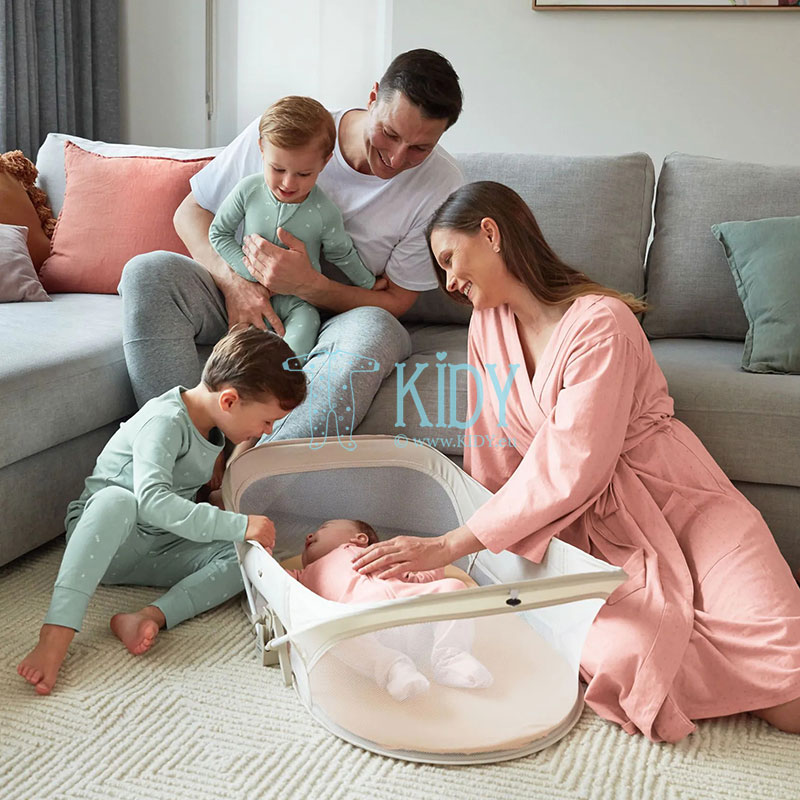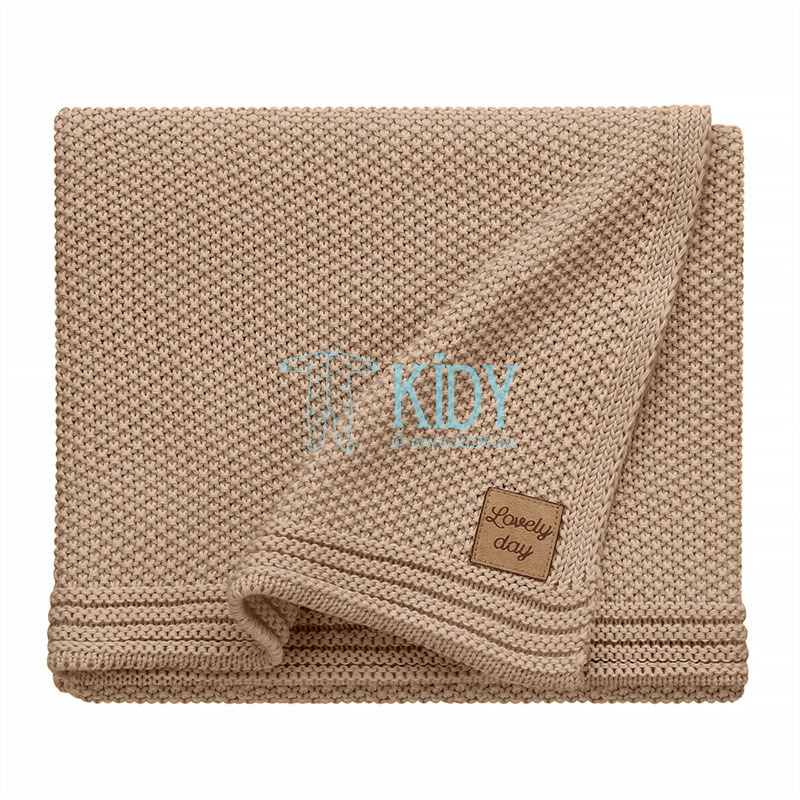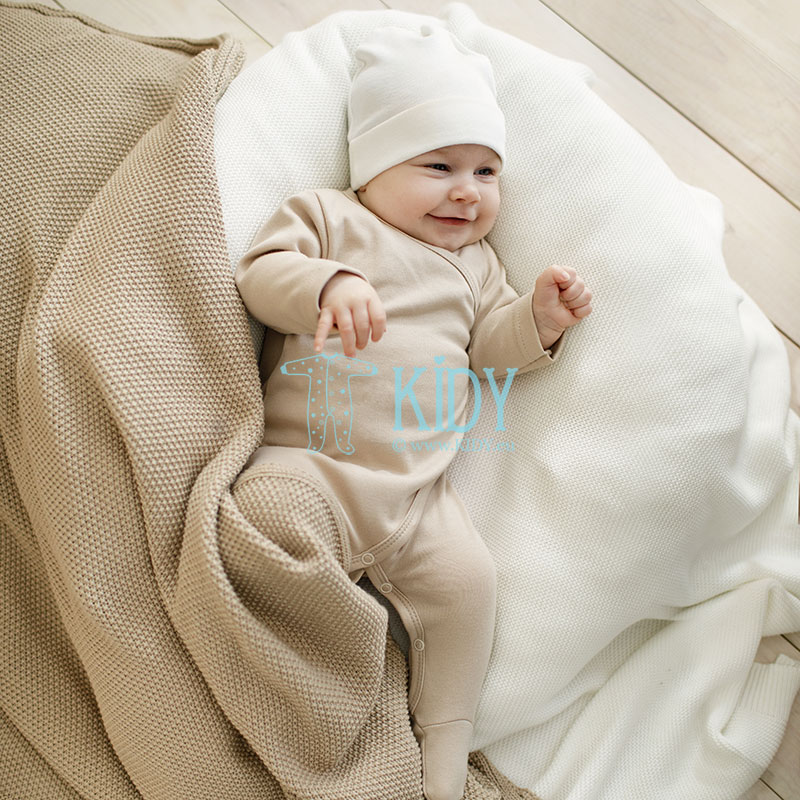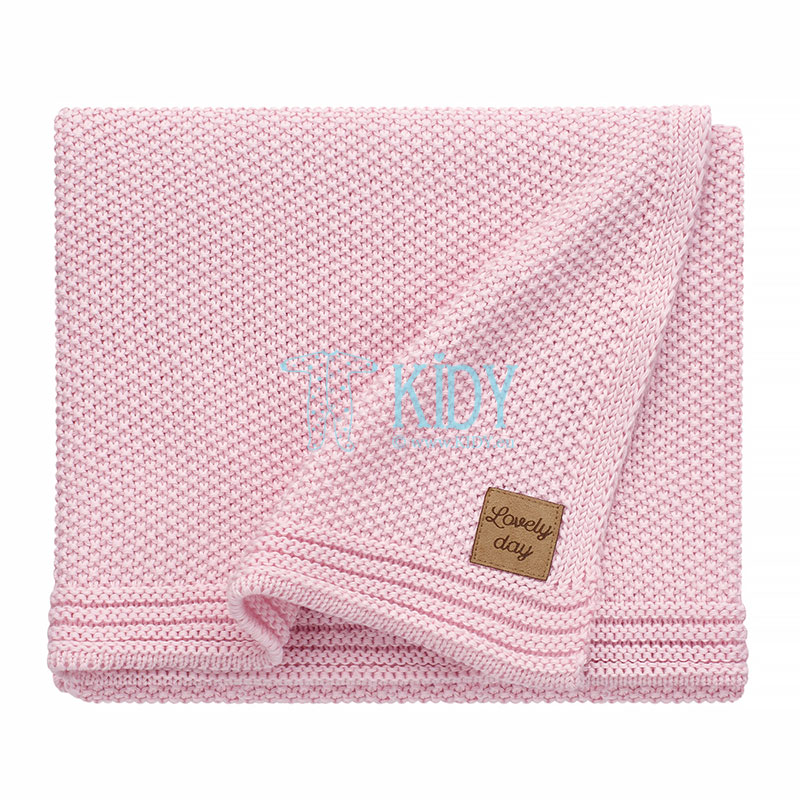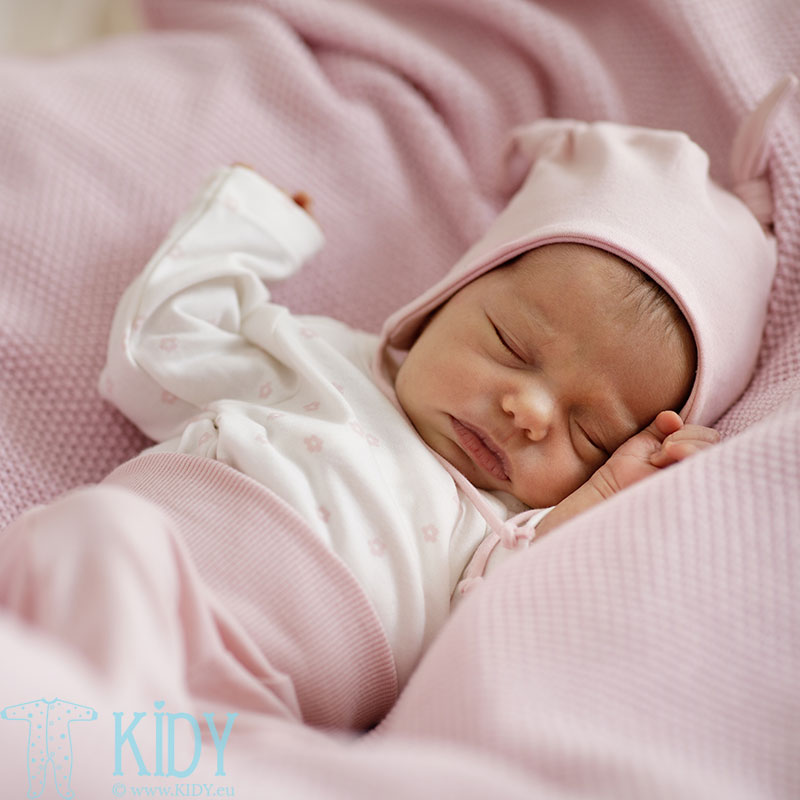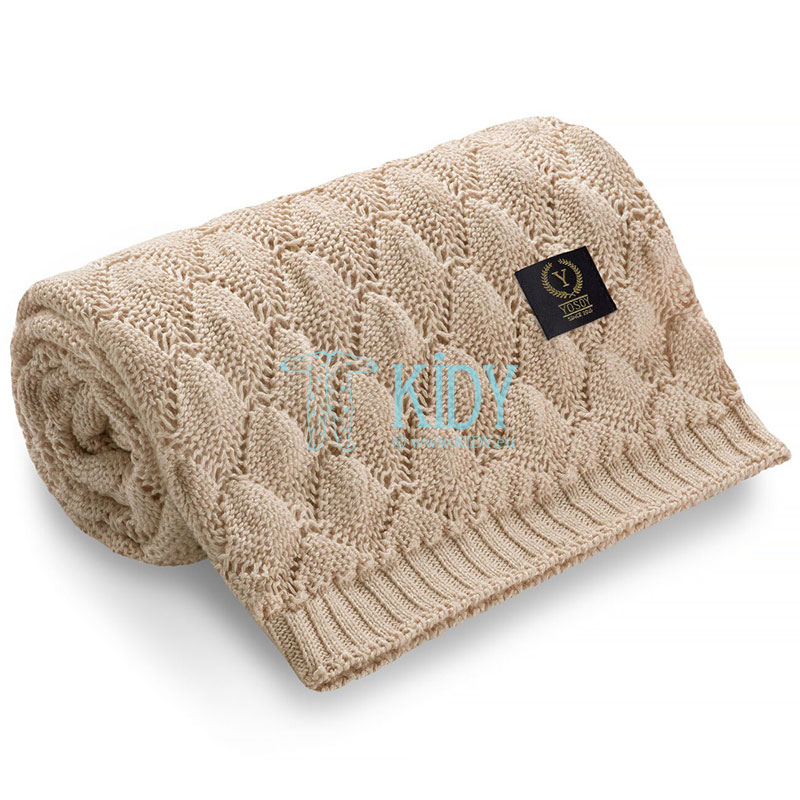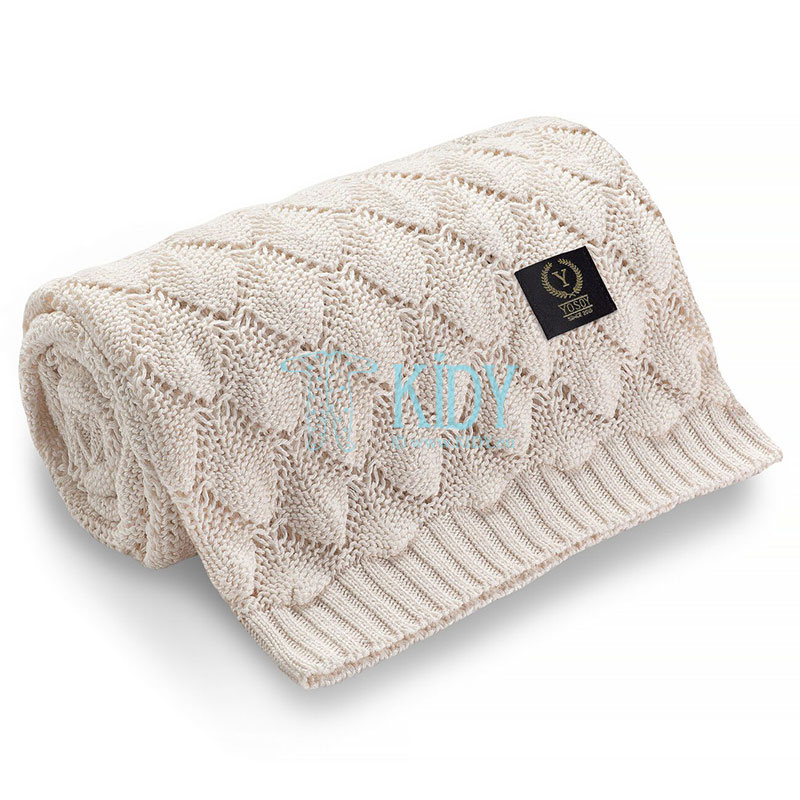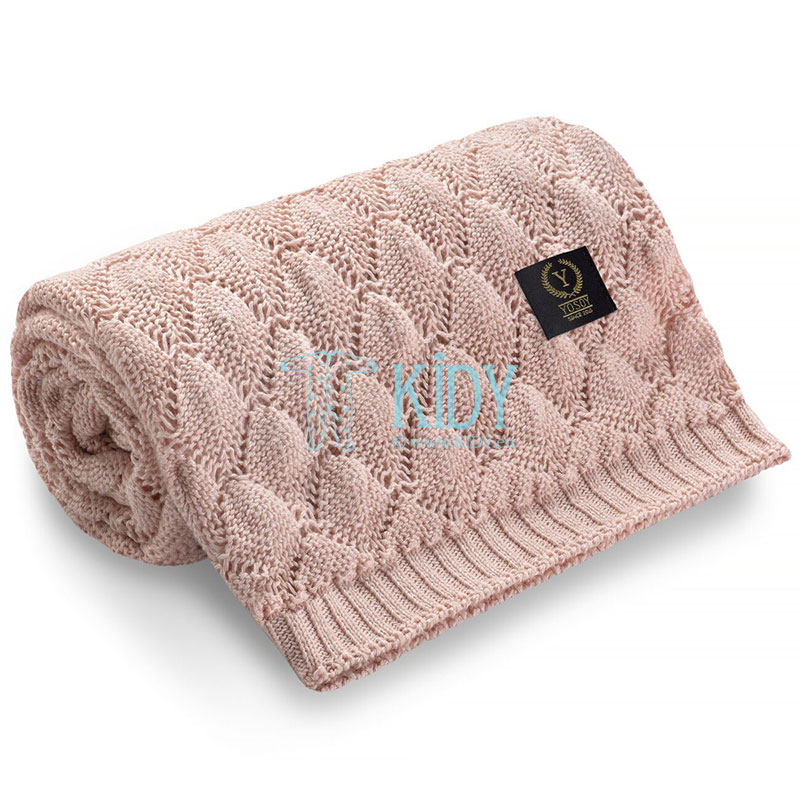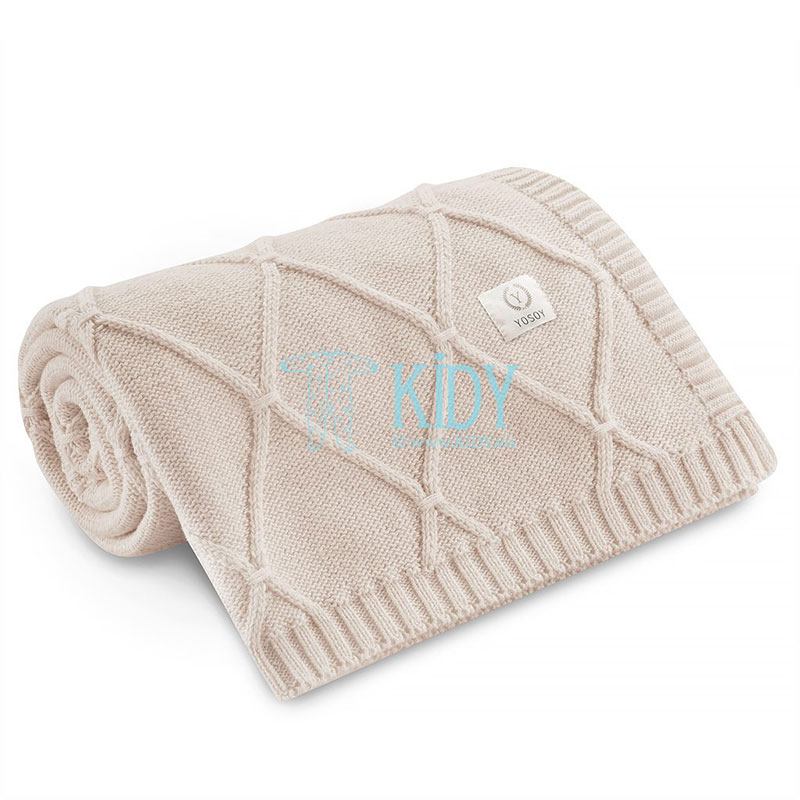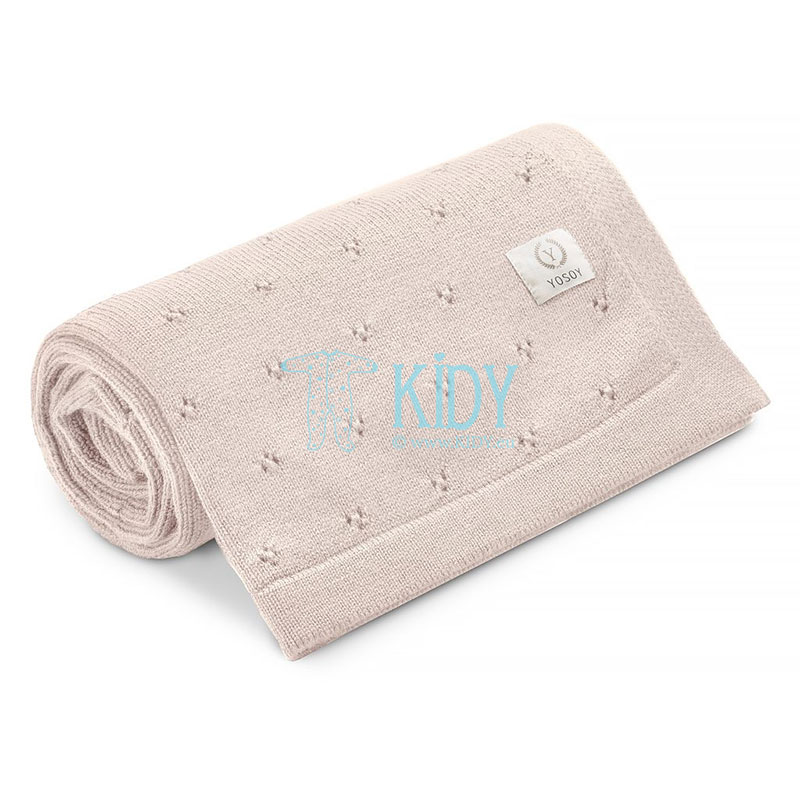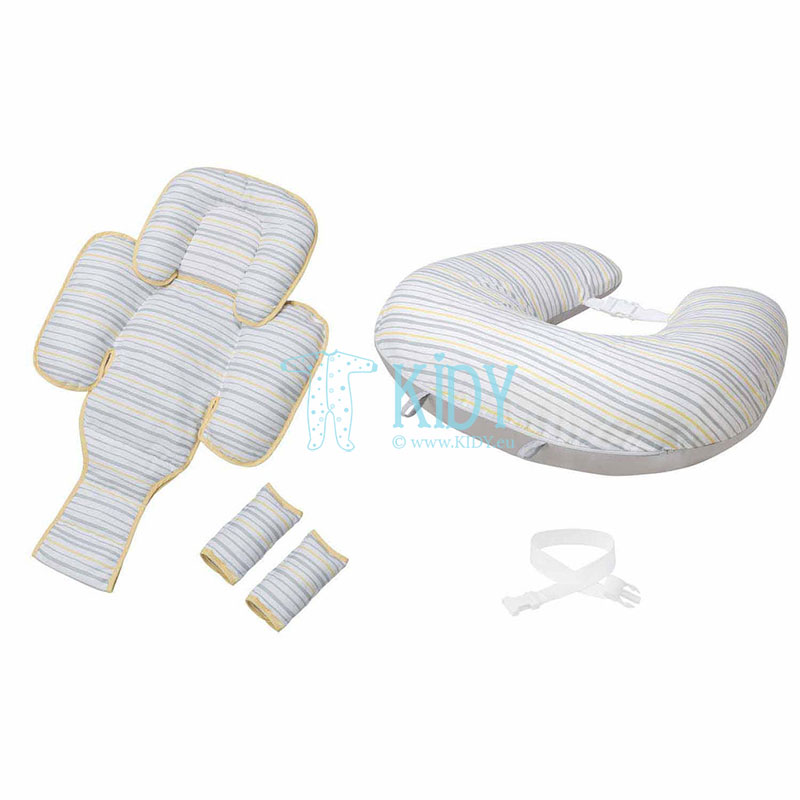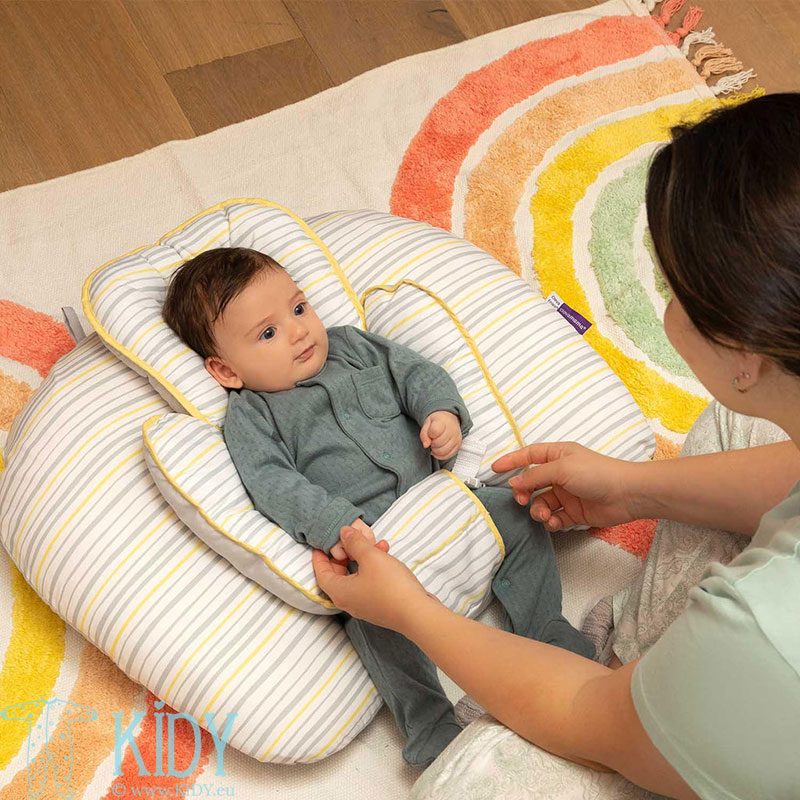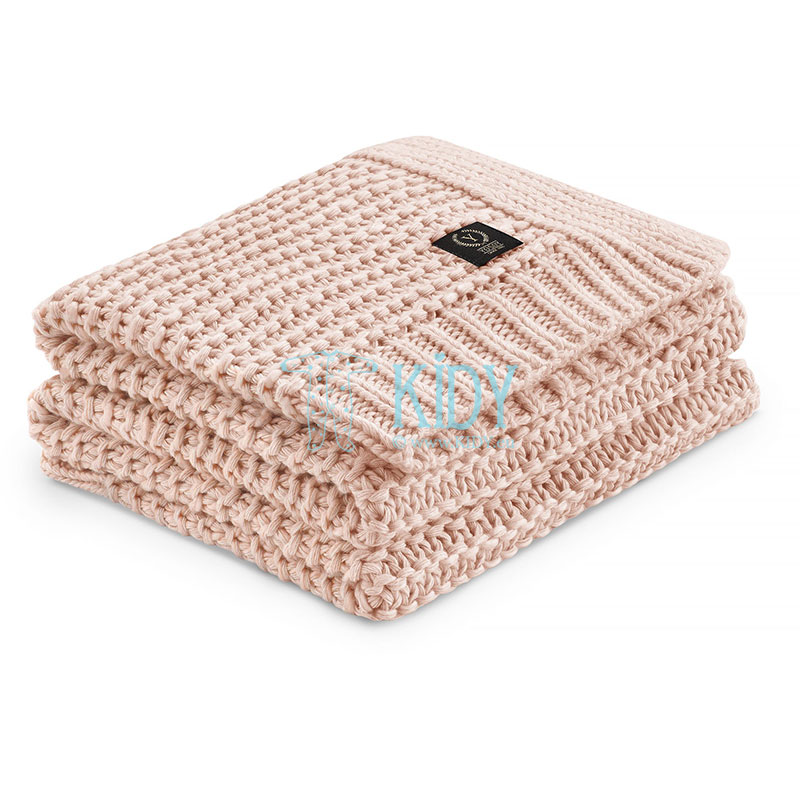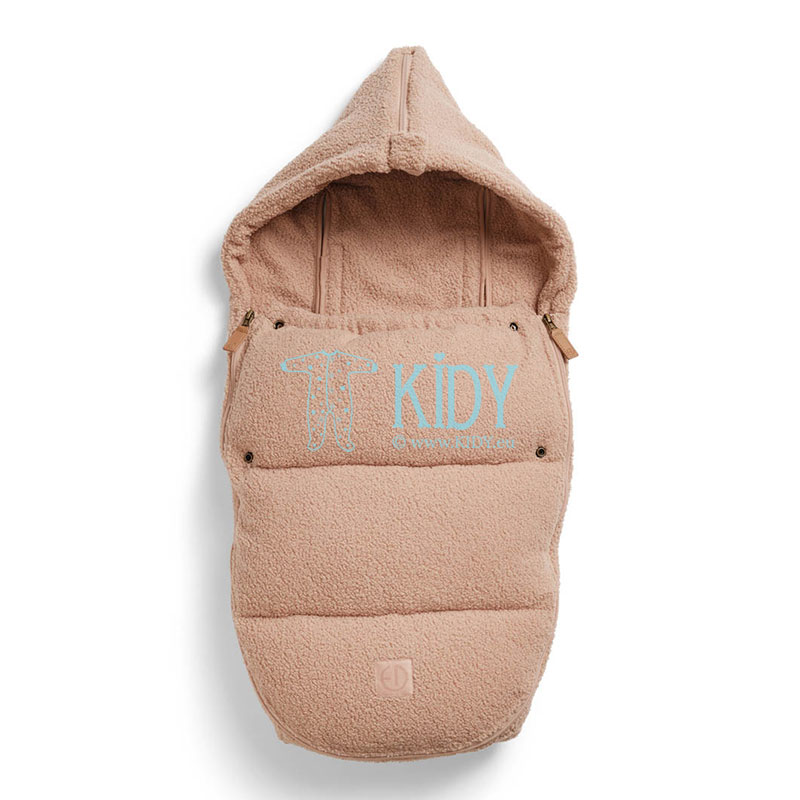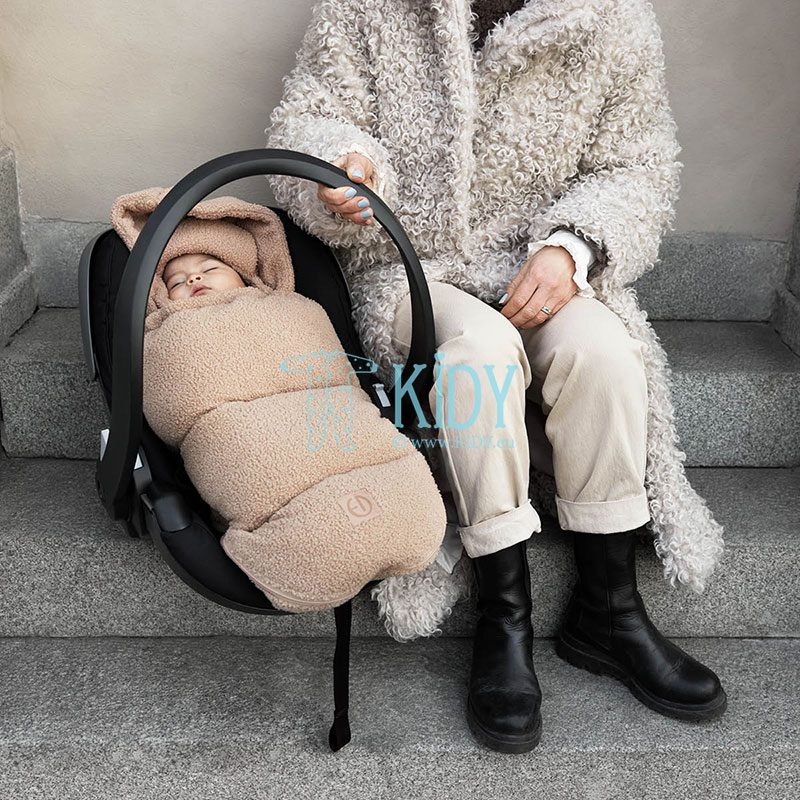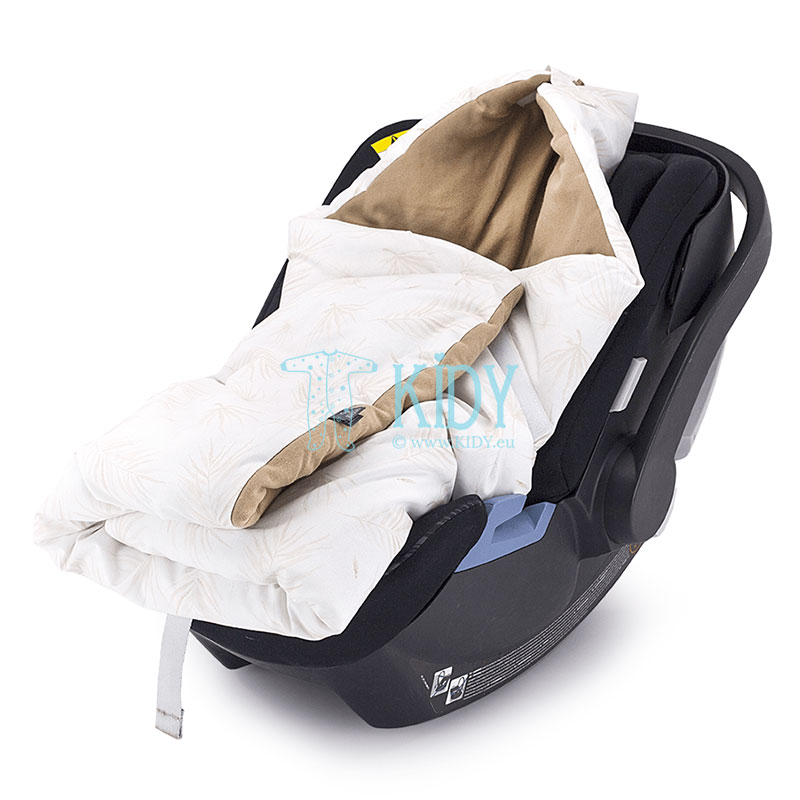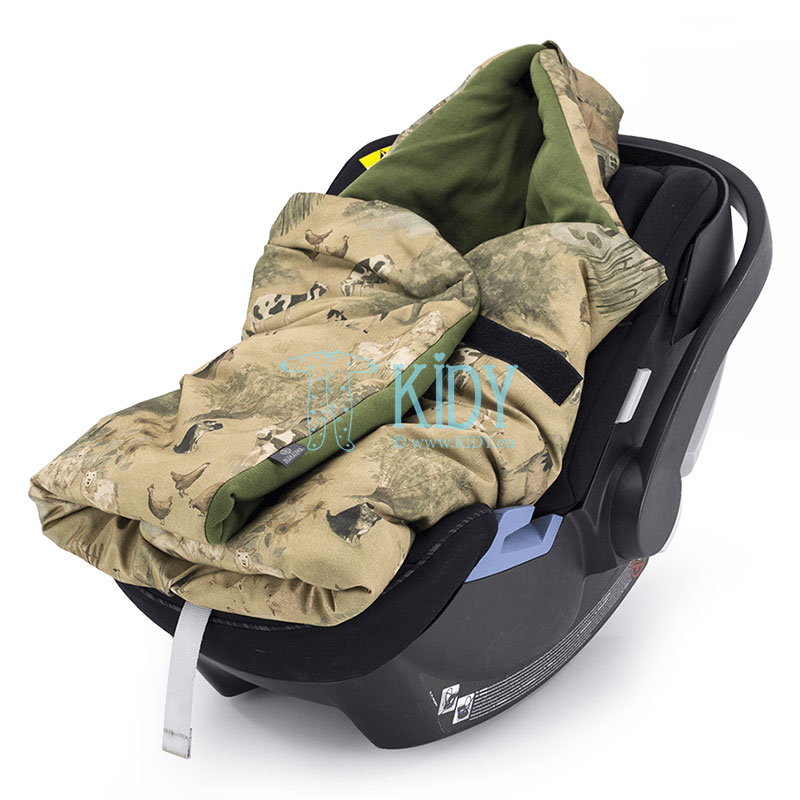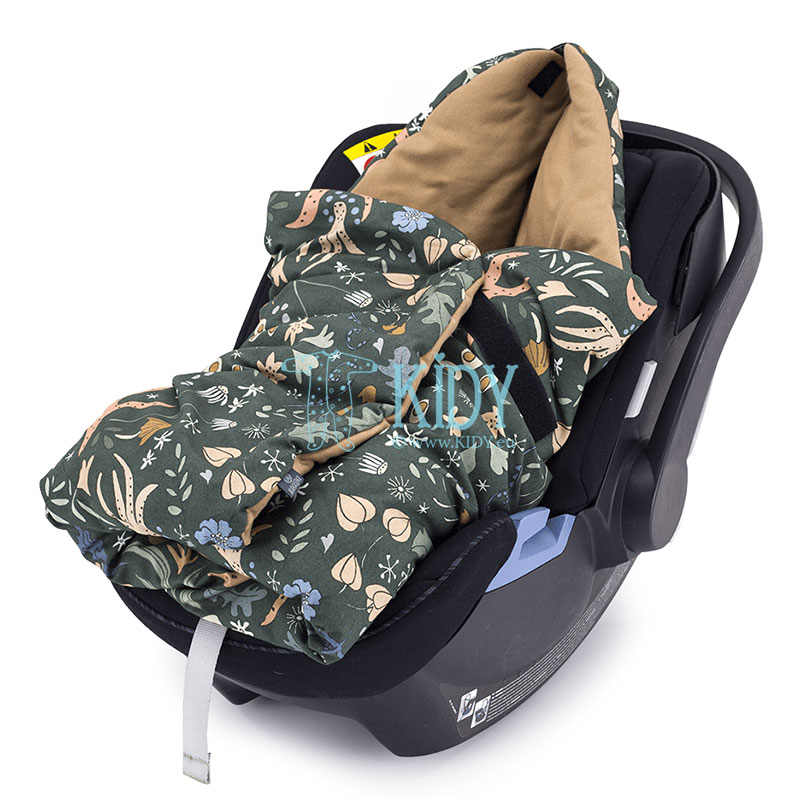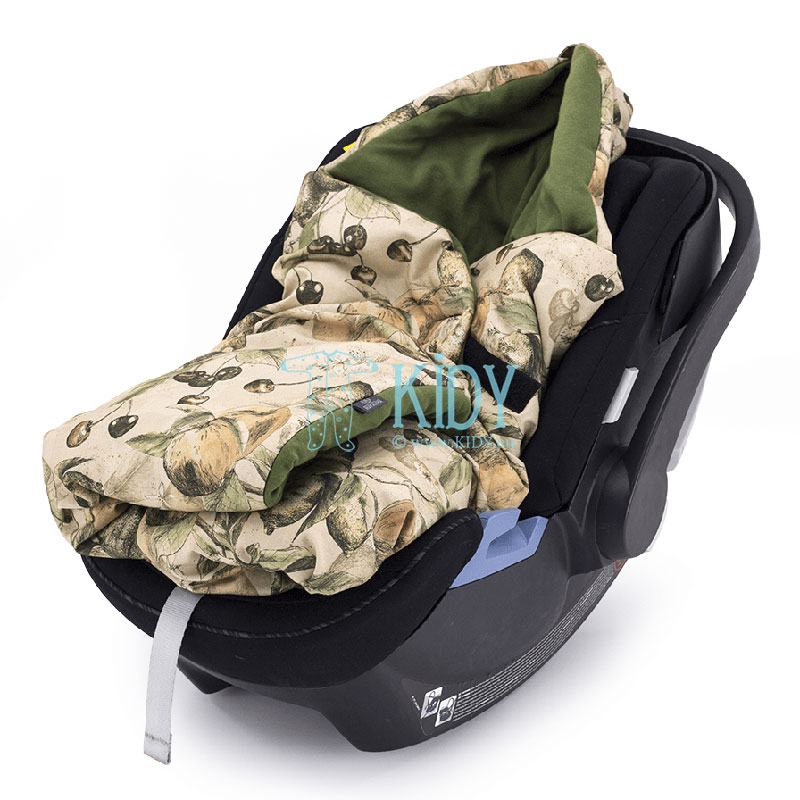Baby bedding: What types are available? How to choose? Where to buy?
Newborn baby sleeps a lot during the first year of his life, that is why it is so important to take care of his place for sleep, especially of the bedding quality.
What do baby bedding sets include?
When arranging a cot for newborn baby it is crucial to be responsible and make careful choices. Comfort of your baby when sleeping depends on the quality of bed linen.
Bedding for newborn’s bed includes several items:
- A blanket (a plaid)
- A pillow
- Sets of bed linen
By shape, they fall into:
- Rectangular (standard bed)
- Bedding for round cribs
- Carrycot sets
Before you buy baby bedding, it is important to understand what types of materials and fillers are suitable for kids. Baby’s health and comfortable sleep depends on quality choice.
What plaids and blankets for newborns are better?
Bedding for cribs also includes blankets and plaids. These goods will be useful not only for day and night sleep, but also for a walk as well as for the first play on the floor.
Choosing a blanket for your baby, you should be aware of its main features:
- Thermoregulation
- Hypoallergic fabric
- Eco-friendliness
- Ability to absorb moist air
- Quality, breathable filler
- Lightweight
- Easy cleaning
- Compact
Blanket or plaid breathability is particularly vital feature, for an unbreathable blanket will make your baby feel uncomfortable and sweat while sleeping, thus, as a result, he may develop skin irritation.
Constituent materials make up blanket and plaid quality.
Modern market offers several types of fillers for children's blankets:
- Sheep Wool Bedding is natural and absorptive product which retains heat well, it is not heavy and, thus, handy to use. The downside of the product is that your baby may happen allergic to wool.
- Down Filler warms well at low temperatures, but pediatricians do not recommend using bird down blanket for children under 1 year due to the risk of overheating. Swan’s down is a great alternative for newborns.
- Synthetic Fillers (polyester batting; hollowfiber) wearproof and warm enough, but they are not breathable.
- Fleece blankets are lightweight, so baby won’t feel their weight. In addition, they are easy to use and long lasting.
- Bamboo Blankets are in high demand among first-time moms. They are light and non-allergenic. In addition, bamboo fiber features a good thermoregulation, so baby will not sweat under the blanket.
- Merino Wool Bedding. Australian sheep fiber has all required features: thermoregulation, being hypoallergenic, durability, and softness. So, merino wool cot blanket is the right choice.
- Cotton Plaid is more on budget and well-known option. Cotton is breathable and absorbs moisture. This material is easy to care about and wash. High quality cotton blanket will last long.
- Camel Wool Blankets are absorptive, wear resistant, soft, and eco-friendly, that is quite a list.
- Knitted Baby Blankets come in handy during walks in summer or autumn cold evenings.
Choosing a plaid or blanket for baby, please note when there are little children frequent washings are hardly to escape, so a product that is easy to wash and looks great for long will be perfect choice.
What pillow should I buy for my baby?
Parents are to know that a pillow is not a required item for babies from birth to 2 years. This is because up to 1.5 body posture is being formed while elevated position of the head during sleep may cause distortion of the spine. In case of newborns, high pillow under the head can cause suffocation during sleep.
Children's pillow should be:
- Resilient
- Hypoallergenic
- Breathable
- Absorptive (evaporate and absorb moisture well)
For all these features depend on the product filler, the pillow should be chosen on the basis of what is inside:
- Bird down. These pillows absolutely are not suitable for children since they are soft; they will not be able to provide good support to baby’s neck. In addition, down is favourable environment for dust mites that can cause baby to develop allergy.
- Synthetic fillers (hollowfiber; polyester batting) The pillow of medium firmness, easy machine wash, dries quickly and does not cause allergic reactions. The downside is its low breathability as a result baby's head may be sweating during sleep.
- Wool (sheep, camel) is environmentally friendly, breathable, and healthy pillow. Modern manufacturers mix wool with synthetic fillers to extend shelf life of such products.
- Latex pillows provide good support for baby's head for they are hypoallergenic, handy, and durable.
- Buckwheat husk is natural filler, making a regular pillow orthopedic for performing head massage. When purchasing this product, special attention should be paid to the manufacturer, for buckwheat husk requires high-quality processing, otherwise microorganisms may start growing in it.
- Merino wool is high-quality wool, it helps improve blood pressure, contributes to calm and sound sleep. Pillows are of medium firmness to perfectly meet children’s needs. In addition, merino wool is hypoallergenic.
- Bamboo is the safest filler of exotic plant. Bamboo is breathable, it does not cause allergy. The cushions containing this filler are resilient, breathable, and durable.
Children's pillow should be of classic shape: rectangular or square to provide good support for baby’s head.
Baby linens
Linen sets are equally important part of children's bedding.
Regular sets include:
- Pillowcase
- Duvet cover
- Bedsheet
Bedding for barred crib also includes fabric bumpers that protect baby from sudden hits on the wooden slats as well as from draught. Most often they are made of the same material as the rest of the items.
Baby bedding sets are made of different materials:
- Cotton is the most popular and suitable material. Adventages: softness, durability, environmental friendliness, water absorption and low cost. Cotton asks for proper care, thus, improper washing may result in reduced size of the item. Therefore, please read carefully manufacturer’s care recommendation on the label.
- Heavy muslin for wearproof sets with bright patterns. The disadvantage of the fabric is its roughness, meaning this bed linen is not worth buying for newborn babies given their extremely sensitive skin.
- Calico is soft and safe material, but quite fragile and short-lived.
- Percale is ideal for children's bed linen, for the material is quite soft, it doesn’t shorten after washing nor crumbles, it is hypoallergenic and fade-resistant. But when choosing a percale set note to pay special attention to the manufacturer, for poor quality may indicate noxious chemical impurities in fabrics.
- Bamboo. Soft and durable bamboo sets are ideal for delicate skin of newborns. In addition, this material features anti-microbial properties that last even after repeated washings.
- Flax sets look new for long, they are absorptive and antiseptic.
- Batiste is an ideal material for the first linen of a newborn baby. Tamise cloth is soft, similar to silk, and it does not cause allergies.
Many manufacturers produce children's bed linen sets of synthetic fabrics such as polycotton or polyester. Such linen should not be used to cover newborn’s crib, for synthetic materials do not give way for skin to breathe resulting in irritation and allergies.
You find yourself perplexed with the question: «Where to buy bedding for your baby? ", then our KIDY.eu online store is here at your service. The catalog includes a wide range of eco-friendly, high quality children's sets of linen, blankets, pillows and plaids by tested European manufacturers at affordable prices. Give your child a cozy and healthy sleeptime with bedding from KIDY.eu.


